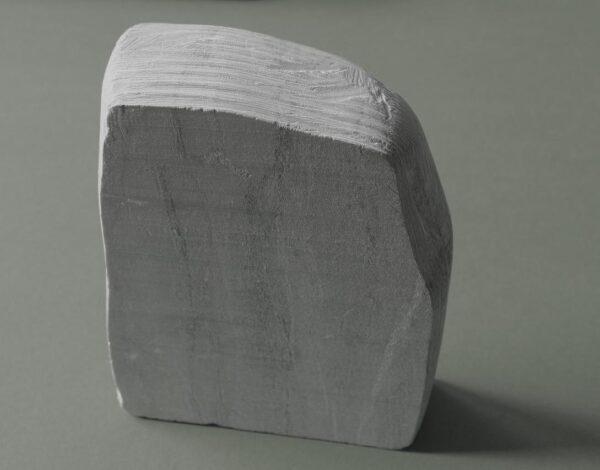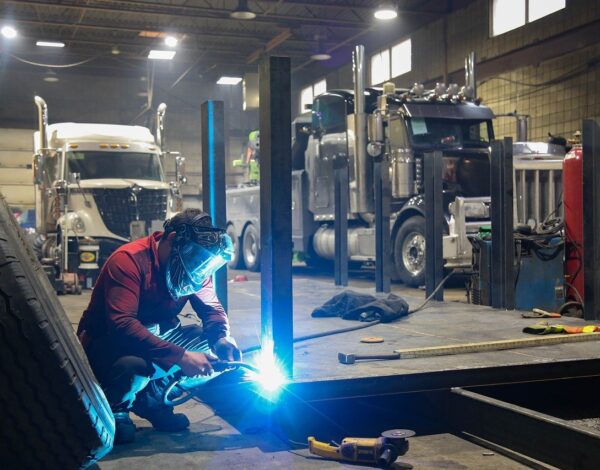

Slag, Smoke, and Soot: Dry Ice Blasting for Welding Equipment
Stony and sedimentary waste, called slag, can soil welding lines and equipment, leading tools to corrode and weaken. Slag buildup is a natural occurrence in welding caused by gas impurities. Its evolution can be essential in preventing defects in the weld; however, it cannot be left on a weld permanently, and can cause harm if not properly cleaned. Smoke and soot can also cause tools to weaken and can be unsightly for selling materials.
So, what is the best way to clean slag, soot, and smoke to ensure that grinders, clamps, torches, pliers, files, welding lines, and weld zones maintain their integrity? While there are several options, dry ice blasting is by far the most efficient and environmentally friendly.
Automatic Weld Lines
Automatic weld lines utilize robot arms in a continuous line to complete a job with greater rigor and speed. Like the tin man, these robot arms must be well oiled and free of buildup to function properly. Dry ice blasting enhances the mobility of the robot joints to continue jobs smoothly and effectively. There is little to no disassembly required to clean with dry ice, and various nozzle sizes can access difficult-to-reach machine spaces.
With automatic weld lines, both sensors and electricity are necessary components. Luckily, with dry ice, neither of these elements will be damaged during the clean, as it is not a wet cleaning process, and does not cause debris such as sand to wedge into crevices and inhibit function.
Due to the dry, chemical free nature of dry ice blasting, workers will thank you for saving their lungs, skin, and hours of tedious scrubbing with wire brushes. If anything, dry ice blasting can be a fun task to perform – like watching the sun begin to peek out from behind the clouds.
Smaller Welding Tools
Smaller welding tools can benefit from this method of cleaning as well if needed – particularly torches, files, and grinders that collect buildup. Smaller nozzles and levels of power are perfect for this specific application. Materials can be polished in one fell swoop, and best of all, there will be no scratches or cosmetic blemishes left behind.
While these tools may be frequently replaceable, they don’t always have to be. Equipment – large or small – is less likely to fail after dry ice blasting as a regular maintenance task. With this cleaning method, you can reduce and reuse otherwise scrapped materials, save replacing costs, decrease operation downtime. Businesses have reported a fifty to eighty percent decrease in cleaning time since exploring this option.

Dry Ice Line Coming Soon to Rocky Mountain Air
It is important to remember that ventilation and proper PPE when cleaning with a carbon dioxide based subzero substance is a must. Rocky Mountain Air Solutions recommends gloves, a mask, goggles, and simple plastic coverall are the base recommendations, with running fans or open windows if possible.
In line with RMA’s dedication to providing our customers with flawless dependability, we are expanding our service capabilities in 2022 through a dry ice line that will support dry ice blasting and other applications. We look forward to partnering with you in each of these industrial cleaning applications through this sustainable and environmentally friendly practice. Stay tuned for news regarding our launch timeline!



